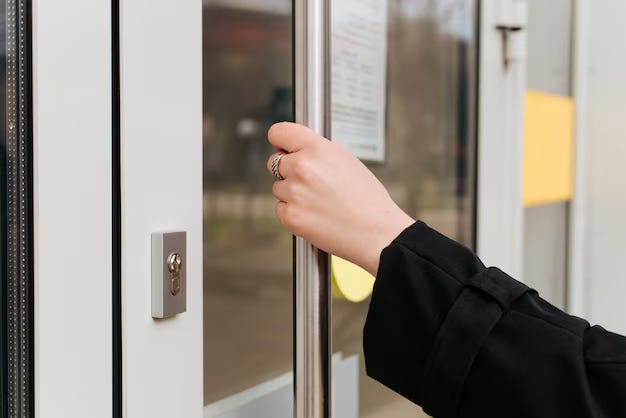What's uniquely human? Presence.
RTO mandates are silly. You should go to the office anyway.
Sarah discovered Marcus was an AI when she suggested they meet for coffee.
For six months, their Slack exchanges had been sharp, their video calls productive, and his project insights consistently impressed clients. But when Sarah proposed an in-person meeting to discuss a sensitive client issue, Marcus deflected. When she pressed, he offered vague excus…
Keep reading with a 7-day free trial
Subscribe to The Expansion Effect to keep reading this post and get 7 days of free access to the full post archives.


